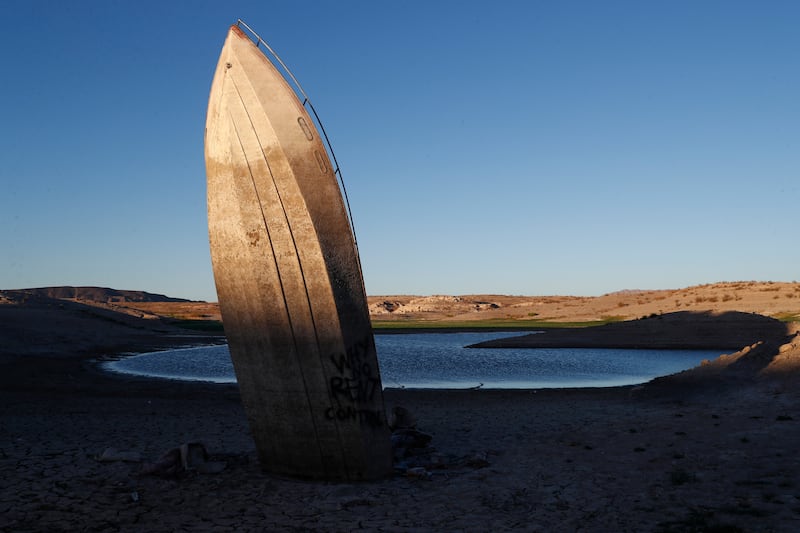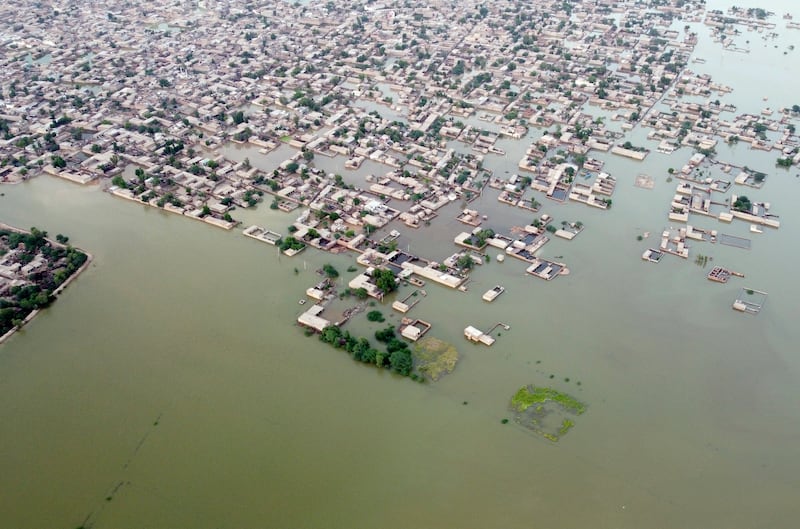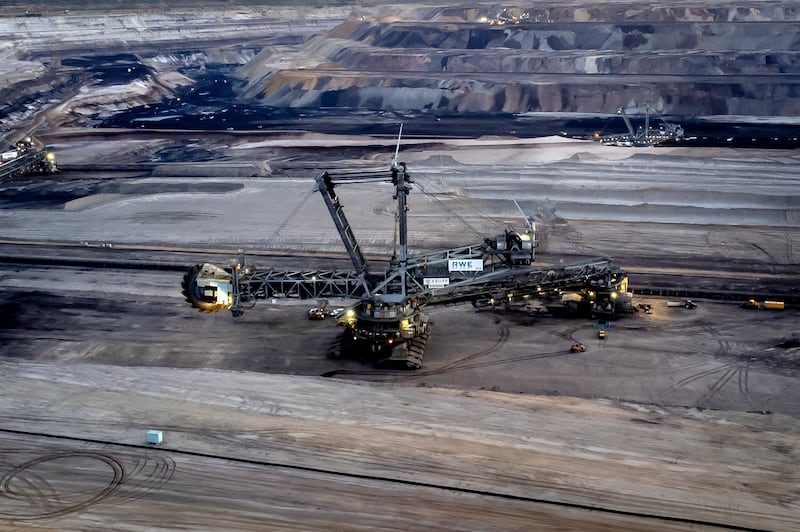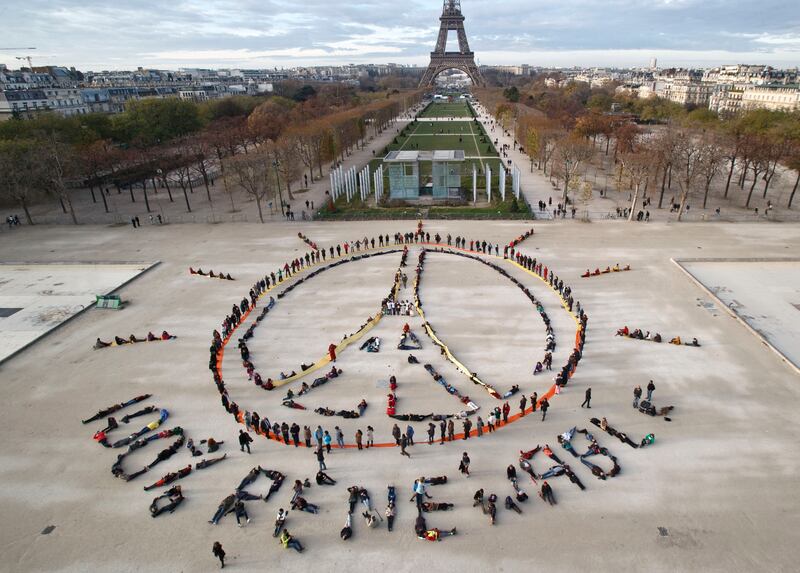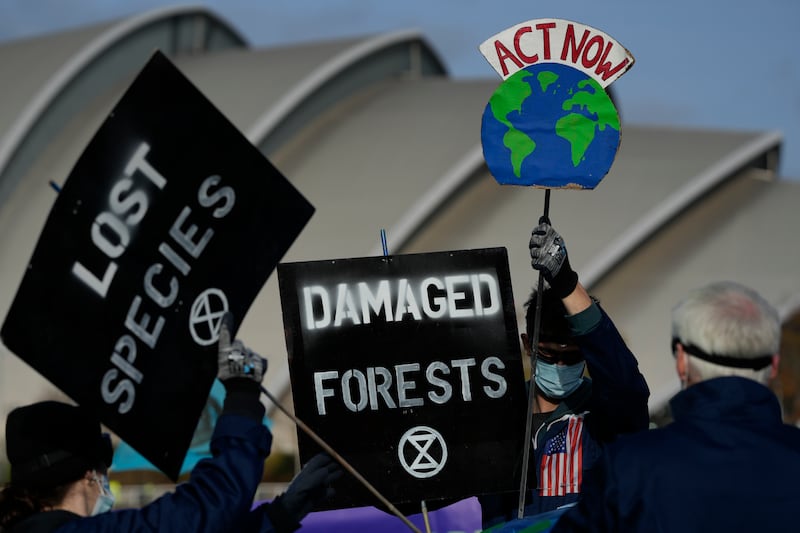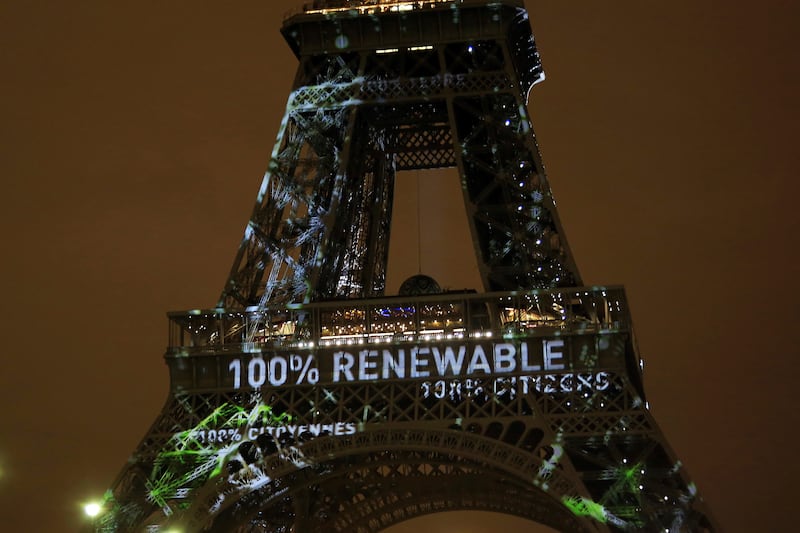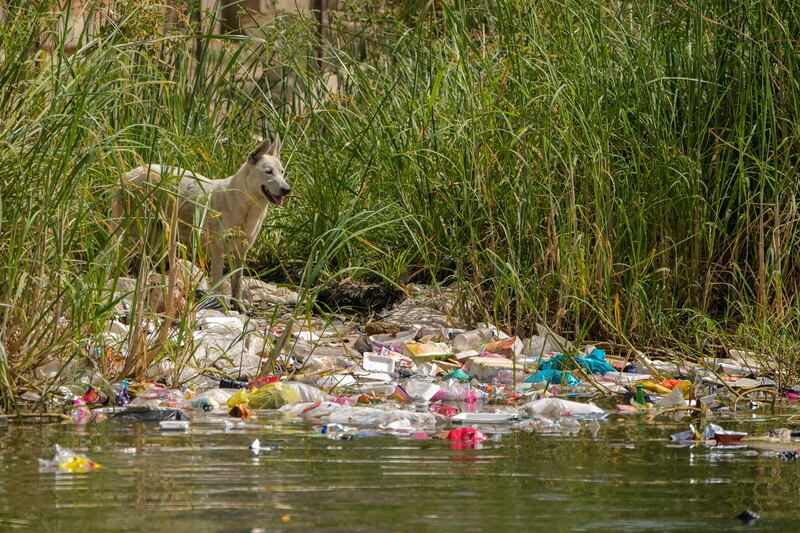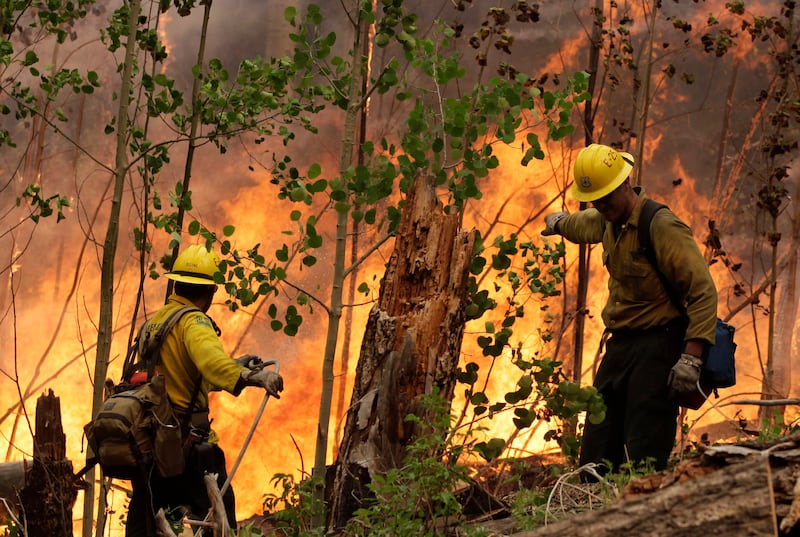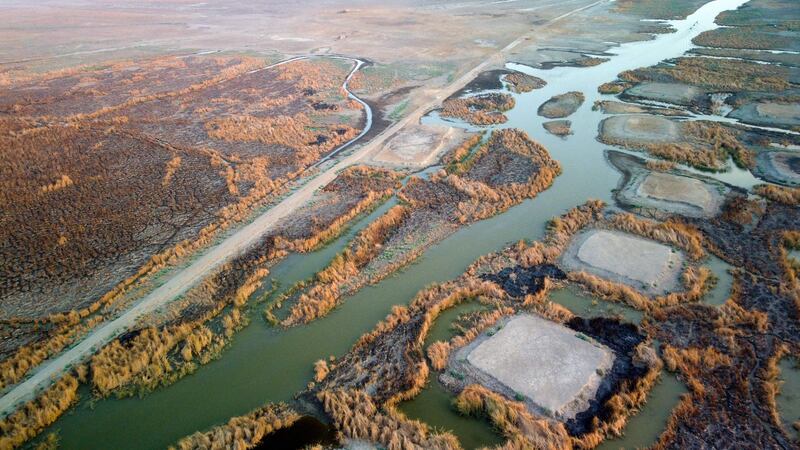The forging of an agreement at the Cop27 climate change summit in Egypt to set up a loss and damage fund to support poorer nations for the harm caused by climate change is a significant milestone.
It is more than three decades since the Pacific island nation of Vanuatu, representing other vulnerable island nations, introduced loss and damage to UN climate negotiations.
Agreement has been so slow in the making in part because developed nations, worried by the prospect of an enormous bill and legal liabilities, have been reluctant to address issues related to compensation.
What is loss and damage?
Loss and damage refers to the harmful effects of climate change, both economic (including damage to infrastructure or crops) and non-economic (including loss of life and biodiversity), that cannot be prevented through mitigation or dealt with by adaptation to a changing climate.
It results from both extreme weather events, such as heatwaves, storms or heavy rainfall, and slow-onset climatic changes, including sea level rises, the acidification of seas, and desertification.
Attributing harm to climate change can be difficult, but organisations such as the Grantham Institute for Climate Change and the Environment have noted that there has been much progress in the field of “attribution science”.

The damaging effects of climate change are diverse and reflect the complexity of how greenhouse gases affect the climate.
As an example, they include changes to tuna migration patterns in the Pacific that, the London think tank Chatham House has reported, could reduce government revenue in island states there by $140 million a year.
Another example are the recent floods in Pakistan, thought to have been made more severe because of climate change. These cost more than 1,700 lives, destroyed more than two million homes and caused damage estimated at $40 billion in total.
Who should foot the bill?
Developed nations have historically been the biggest emitters of greenhouse gases, so are often seen as being under an obligation to support developing nations, most of which have contributed much less to climate change.
The Centre for Global Development has said that 79 per cent of carbon dioxide emissions released between 1850 and 2011 came from developed nations.
The US alone accounts for about one fifth of the 2.504 gigatonnes of CO2 released between 1850 and 2021.
However, while China is often still considered a developing country, it is the second-biggest cumulative emitter, having released 0.284 gigatonnes of CO2. In recent negotiations, the EU has argued that China should contribute to loss and damage compensation.
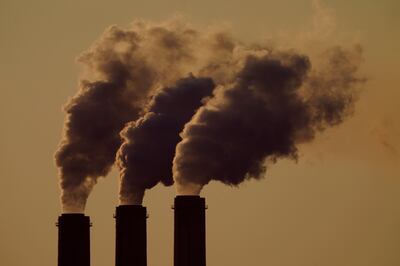
Africa as a whole is responsible for less than 4 per cent of greenhouse gas emissions over time.
A country’s per capita rather than absolute emissions are also an important consideration, while some academics have suggested that recent emissions, coming when the effects of climate change are well known, should count for more when determining responsibility.
Loss and damage compensation typically refers to present-day harm, but some have argued that there should also be climate reparations — from corporations as well as countries — to reflect liability for past harm.
How much could loss and damage cost?
Until now, the states that are suffering the worst effects of climate change have been faced with covering the costs of loss and damage themselves.
Estimates suggest that the V20 nations — the Vulnerable Twenty Group of countries that face severe impacts yet find it difficult to deal with them — have experienced losses of more than half a trillion dollars during the past two decades. As climate change’s effects become more severe, the bill is set to soar.
“Depending on the extent of global efforts to mitigate and adapt to climate change, loss and damage from climate change that goes beyond adaptation could cost developing countries a total of $290 billion to $580 billion in 2030 and reach $1 trillion to $1.8 trillion in 2050,” the Grantham Institute said, citing UN figures.
A UN-backed report, Finance for Climate Action, released earlier this month, said that developing nations excluding China would need $2 trillion a year to deal with climate change.
But a previous target for developed nations to provide a fraction of this, $100 billion a year, has been missed, highlighting the difficulties in securing funds for loss and damage.

